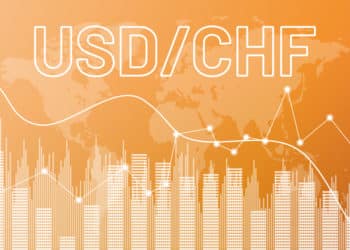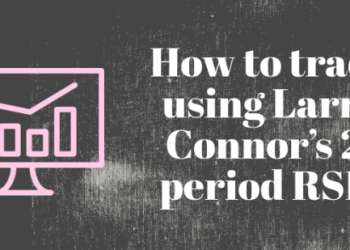Forex signal trading is an automated trading style. The trades are executed based on the signal that is provided by an external trader (or by expert advisor). Trading using a signal does not require any trading knowledge. You just need to select the signal that will generate your profits. That is the reason why new participants in the forex market tend to trade using trading signals.
Forex signals (or copy trading) service is offered by some brokers internally. A great resource that offers forex signals for both MetaTrader platform users is the official site mql5.com (now does not work /webmaster). Another popular resources are Zulutrade and CopyFX, however, you have to check does your broker allows these signal providers. You can also find many more signals providing resources on the internet.
When you are choosing a trading signal there are many parameters that should be considered in order to choose the right one for your trading account.
The first and most important parameter is the overall profit and average monthly (or weekly) profit. Higher the number is the better trading results you may expect in the future. However, be careful, because success in the past does not guarantee that the signal will have the same results in the future.
Alongside the profit very important is the trading time parameter which can be expressed in weeks or months. I would not recommend the signal that is operating for less than 3 months (or 10 weeks). Ideally, choose the signal that is older than 6 months (or 20 weeks). Well, the older signal means that the profit parameters are more reliable. Good trading results in a shorter period of time can be considered as a piece of luck. On the other hand, if a signal is constantly yielding good results over a longer period of time, it highly probable that it will continue to do so in the future.
Trading activity tells you how frequent the opening of the new positions is. Check if the trading suggestions are issued on a constant basis. Well, you do not want a signal that is sending signals on a part-time basis. If the signal states that it is trading using a robot it will mean that it is trading frequently.
Another very important parameter that has to be checked is drawdown. It measures the security of your funds while the trades are open. Speaking in other words, it tells you what is the probability for your account to get burned out. Never subscribe to the signal that has a drawdown above 35%.
If it is possible it is nice that the signal provider is operating on the same broker server (with the same account type) as you. If this is the case, you do not check what trading instruments are being traded, are scalping and hedging allowed and do you have to close trades on FIFO. Moreover, if you use different brokers check the spreads. If there is a significant difference in spreads between your trading account and signals, then the signal may not be the right one for you.
Check what trading instruments that are traded. In case that signal is trading the instruments that are not supported by your broker these trades will not be executed on your account.
Slippage refers to the difference between your broker and signal broker Bid and Ask prices. If this difference is too high you will not have the same trading results as your signal provider. When you are subscribing to the signal you state what is the maximum slippage that you are willing to accept.
It is important to see does the signal use scalping, hedging or closing on FIFO in its trading. Scalping refers to short-term trading when the position is closed soon after it is opened. Hedging is when you have active buy and sell position for the same trading instrument at the same time while closing on FIFO (First in first out) means that if you have more opened more positions on the same trading instrument you must close them in the same order as they were opened. Some brokers do not allow those trading styles. So, if your broker enters that category, you should not use this signal because it will not work correctly.
Also do not forget to check the signals account leverage and deposit. If these parameters significantly differ from your trading account I would not recommend you to use that signal.
Finally, you should check the price. Signal service is charged as a monthly subscription and its cost can vary ranging from $30 to $50 or more.
If you decide to trade using trading signals, you can choose the signal that first and then you can open the trading account with the same broker as the signal provider.







